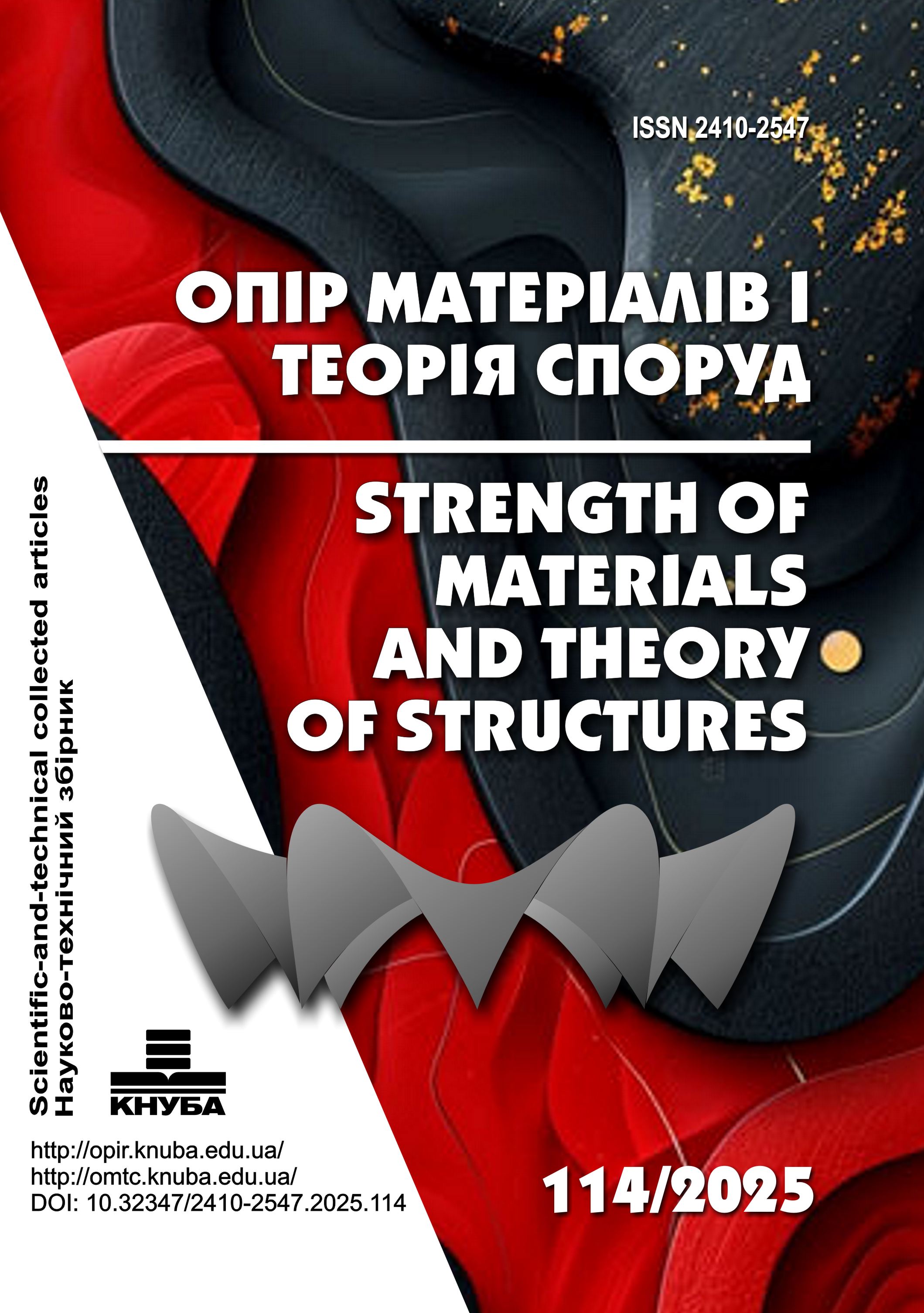Nonlinear optimal control of the construction trajectory of a deep well
DOI:
https://doi.org/10.32347/2410-2547.2025.114.145-154Keywords:
curvilinear drilling, deep boreholes, trajectory optimization, optimal controlAbstract
The use of optimal design and control theory methods can provide significant advantages in developing optimal trajectories for drilling oil and gas wells. Today, the oil and gas industry faces problems associated with the production and redistribution of oil and gas resources. Modern drilling is often carried out at great depths, where the limiting values of speeds, hydrostatic pressures and temperatures, as well as the strength and wear parameters of drill string materials are observed, under the influence of frictional phenomena, intense vibrations and instability of the entire system. The geometric shape of the well trajectory, which depends on the structure of the oil and gas field and adjacent geological rocks and their mechanical properties, has a significant impact on drilling efficiency, well productivity, as well as on the risks of abnormal and emergency situations.
The trajectory of the well, as well as the labor costs, length and cost of its penetration, largely depend on the location of the drilling rig relative to the oil and gas reservoir. Therefore, the coordinates of this rig on the surface of the earth or sea, i.e. its positioning, can act as one of the control parameters in the trajectory optimization problem.
Based on the methods of differential geometry, nonlinear programming, and computational mathematics, the problem of optimal control of deep well trajectory tracing is posed. Nonlinear differential equations of the well centerline are formulated, and its curvature is chosen as the control function. Various forms of objective functions are considered that allow smoothing trajectories, as well as minimizing the cost of drilling operations under various constraints caused by the geological heterogeneity of rocks in the drilling zone and the location of oil and gas layers. The optimization problem is solved by the method of orthogonal projection of the antigradient of the objective functional onto linearized constraints.
References
Avriel, Mordecai Nonlinear Programming: Analysis and Methods. Dover Publishing, 2003. 544 pp.
Jan Brinkhuis and Vladimir Tikhomirov Optimization: Insights and Applications. Princeton University Press, 2005. 680 pp.
Luenberger, David G.; Ye, Yinyu. Linear and Nonlinear Programming. International Series in Operations Research & Management Science. 116 (Third ed.) New York: Springer, 2008. 546 pp.
Ross, I.M. A Primer on Pontryagin’s Principle in Optimal Control. Collegiate Publisher, 2009. 82 pp.
Ruszczynski, Andrze. Nonlinear Optimization. Princeton, NJ: Princeton University Press, 2006. 464 pp.
Gulyayev, V.I., Bazhenov, V.A., Koshkin, V.L. Optimal Control of Mechanical Systems Motion. UMK VO, Kyiv , 1988. 232 pp. (in Russian).
Richard E. Bellman. Dynamic Programming. Princeton Landmarks in Mathematics. Princeton, 2010. 392 pp.
Gulyayev, V., Glazunov, S., Glushakova, O., Vashchilina, E., Shevchuk, L., Shlyun, N., Andrusenko, E. Modelling Emergency Situations in the Drilling of Deep Boreholes. Cambridge Scholars Publishing, 2019.
Downloads
Published
Issue
Section
License

This work is licensed under a Creative Commons Attribution 4.0 International License.
Authors retain copyright and grant the journal right of first publication with the work simultaneously licensed under a Creative Commons Attribution License that allows others to share the work with an acknowledgement of the work's authorship and initial publication in this journal.

